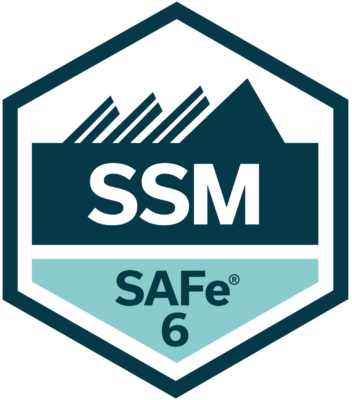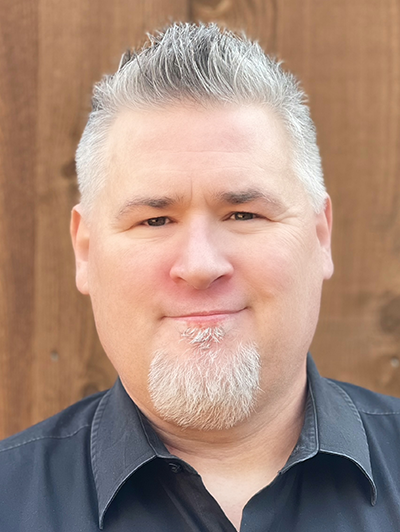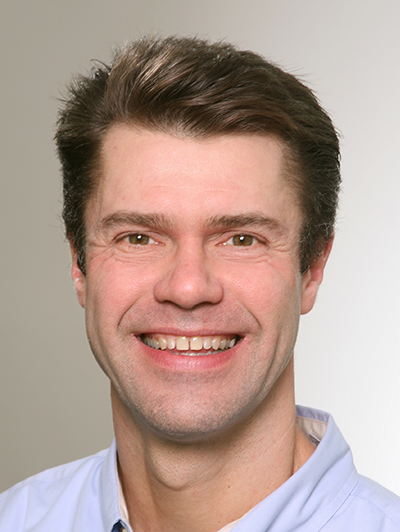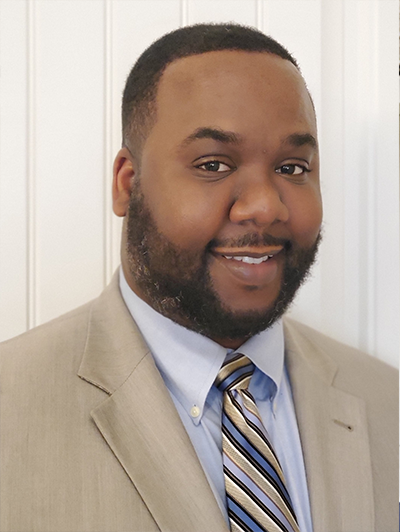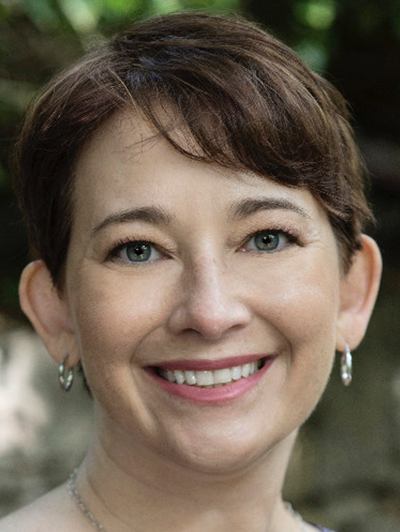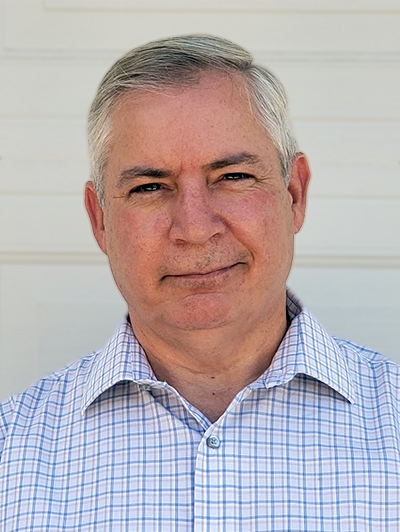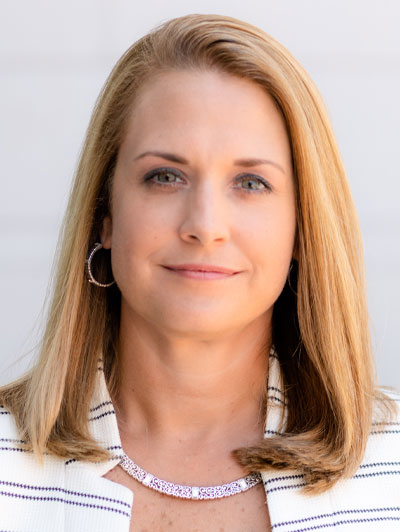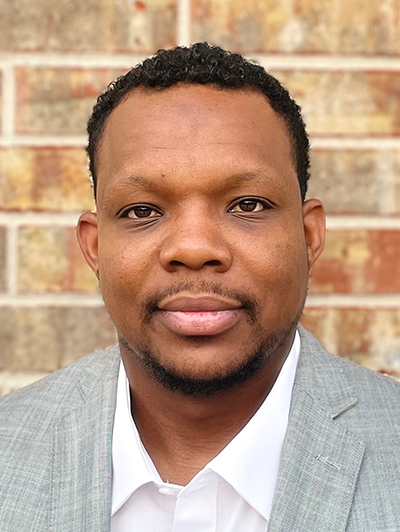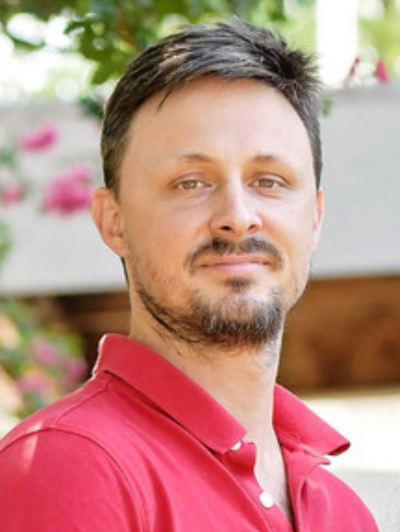SAFe Certification Courses
Learn the Scaled Agile Framework® from experts with real-world experience
SAFe® 6.0 is here! Are you ready?
Whether you’re new to SAFe or you’re expanding your knowledge, Applied Frameworks provides expert training and guidance on the newest version of the Scaled Agile Framework.
Relentless improvement: one of the SAFe Core Values. The Scaled Agile Framework continuously evolves and improves to meet the changing needs of the digital age. At Applied Frameworks, we evolve, too, and we’re happy to offer classes in the very latest version of SAFe, SAFe 6.0.
Applied Frameworks’ trainers are lifelong learners with real-world chops. Our classes
- Use engaging activities to foster learning and lock in the material
- Take classroom learning and make it real with stories and examples, allowing students to see practical applications
- Include a Lean Coffee at the end, often with guest SPCs, SPC-T Candidates, and SPC-Ts, to provide a variety of perspectives and examples while answering the most pressing questions
If you’re ready to jump into SAFe 6.0, start with our class list below.
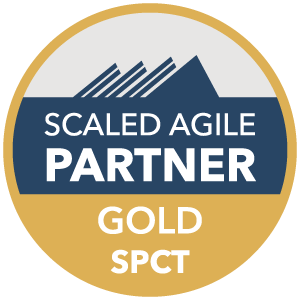
Applied Frameworks is a Scaled Agile Gold SPCT partner — the highest level of transformation partnership available.
SAFe Certification Course Descriptions
Agile Product Management (APM)
Using Design Thinking to create valuable products in the Lean Enterprise
The Agile Product Management course harnesses the power of Design Thinking to develop innovative solutions with proven SAFe capabilities to execute on those visions. Learn the right mindset, skills, and tools to create successful products—from inception to retirement—using Agile techniques.
Recognize how Continuous Exploration fuels innovation and helps you define a vision, strategy, and roadmap to tap into new markets. Find out how to accelerate the product life cycle to get fast feedback and quickly deliver exceptional products and solutions that delight customers—all while aligning with your organization’s strategy, portfolio, evolving architecture, and solution intent.
Attending the class prepares individuals to take the exam and become a Certified SAFe® Agile Product Manager.
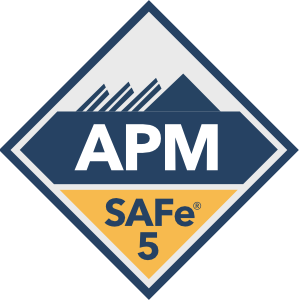
Implementing SAFe®
Become a certified SAFe Practice Consultant (SPC)
During this four-day course, attendees learn how to lead a Lean-Agile transformation by leveraging the practices and principles of the Scaled Agile Framework and the seven core competencies of the Lean Enterprise. Attendees gain insights and practice how to coach programs, launch Agile Release Trains, build a Continuous Delivery Pipeline with DevOps culture, and empower a Lean Portfolio.
The first two days of the course — Leading SAFe® — provide the basis to teach SAFe to leaders. The final two days focus exclusively on what it takes to successfully implement SAFe in the enterprise. Certifying as a SAFe® 6 Practice Consultant (SPC), and becoming a change agent, enables attendees to coach and guide the enterprise to succeed in a disruptive marketplace and empower them to implement a Lean-Agile SAFe transformation.
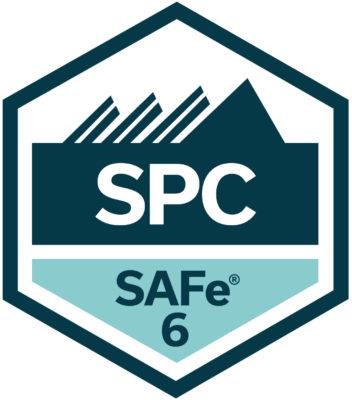
Leading SAFe®
Thriving in the digital age with Business Agility
During this two-day course, attendees gain the knowledge necessary to lead a Lean-Agile enterprise by leveraging the Scaled Agile Framework® (SAFe®) and its underlying principles derived from Lean, systems thinking, Agile development, product development flow, and DevOps.
Participants in the class gain insights into mastering Business Agility in order to thrive in the competitive market. They discuss how to establish team and technical agility and organize and re-organize around the flow of value. They also learn and practice the skills for supporting and executing PI Planning events and coordinating multiple Agile Release Trains (ARTs). Participants in the class explore the importance of adopting a customer-centric mindset and design thinking approach to agile product delivery. Learners also develop an understanding for implementing a Lean Portfolio Management function in their enterprise.
Attending the class prepares individuals to take the exam and become a Certified SAFe® Agilist.
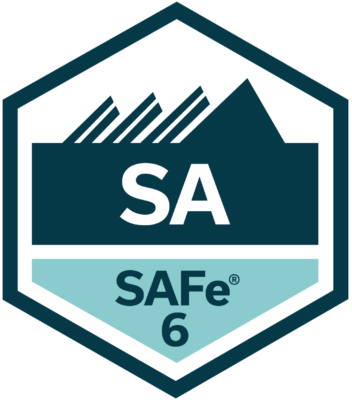
Lean Portfolio Management (LPM)
Aligning strategy with execution
In this workshop style course delivered in two full-day sessions, attendees gain the practical tools and techniques necessary to implement the Lean Portfolio Management functions of Strategy and Investment Funding, Agile Portfolio Operations and Lean Governance.
Participants in the course have the opportunity to capture the current and the future state of their portfolio with the Portfolio Canvas tool and identify important business initiatives for achieving the future state. Participants also explore methods to establish portfolio flow with the Portfolio Kanban and prioritize initiatives for maximum economic benefit. The course also provides insights on how to establish Value Stream Budgets and Lean Budget Guardrails and measure the Lean portfolio performance.
Attending the class prepares individuals to take the exam and become a Certified SAFe® Lean Portfolio Manager.
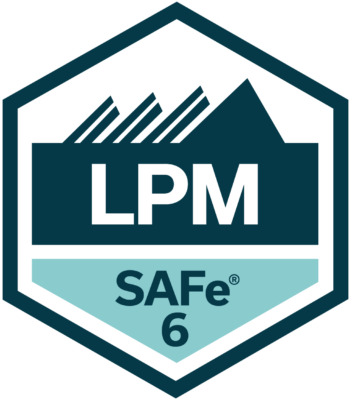
Release Train Engineer (RTE)
Facilitating Lean-Agile Program Execution
Facilitate and enable end-to-end value delivery through Agile Release Trains (ARTs)—and learn how to build a high-performing ART by becoming a servant leader and coach—when you become a SAFe® 6 Release Train Engineer (RTE).
During this three-day course, gain an in-depth understanding of the role and responsibilities of a Release Train Engineer (RTE) in the SAFe enterprise. Through experiential learning, examine the RTE role in a Lean- Agile transformation. Learn how to facilitate ART processes and execution, coach leaders, teams, and Scrum Masters in new processes and mindsets. Explore how to prepare, plan, and execute a Program Increment (PI) planning event, the primary enabler of alignment throughout all levels of a SAFe organization.
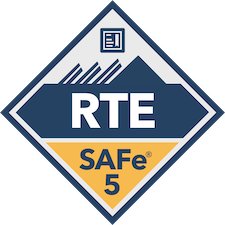
SAFe for Architects
Align Product Management and Architecture
In SAFe®, architects play a key role in the trio of leaders that includes product managers and the Release Train Engineer. It’s these people who work together to execute programs and guide Agile Release Trains (ARTs) to enable continuous value flow.
In the SAFe® for Architects course, you’ll get the context you need to align architecture with business value. You’ll understand how system, solution, and enterprise architects collaboratively deliver architectural solutions. And you’ll get the guidance and tools you need to work effectively in remote environments with distributed teams.
Attending the class prepares individuals to take the exam and become a Certified SAFe® Architect.
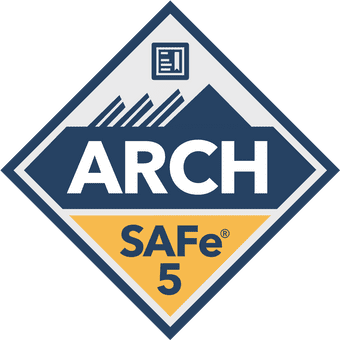
SAFe Product Owner/Product Manager
Value delivery and product execution at scale
Delivering the best products in scaled environments without an adequate framework is a serious challenge. The SAFe Product Owner/Product Manager course helps product leaders navigate those challenges to maximize value delivery in a sustainable fashion using Lean Product Development principles, Customer-Centricity, DevOps, and Agile.
Attendees will leave the two-day class with multiple tools, techniques, and experiences that will allow them to take their product to the next level. Applied Frameworks SPCs are seasoned facilitators who share their real-world experiences, tips, and tricks to help accelerate your enterprise’s SAFe Product Owner/Product Manager journey.
Whether you want to create and communicate a powerful vision for your teams on an Agile Release Train or focus on executing your product strategy, this course will give you the tools and knowledge necessary to take your SAFe Product chops to the next level.
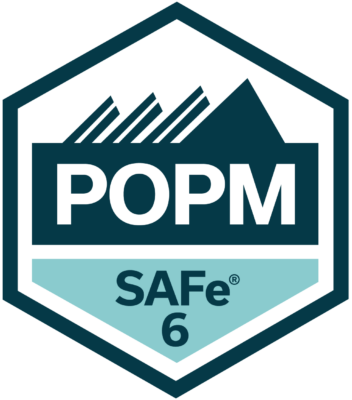
SAFe Scrum Master
Coach High-Performing Agile Teams
The Scrum Master is a servant-leader who facilitates and coaches the Agile Team towards high-performance execution in a Lean-Agile environment. This challenging role requires a deep understanding of team facilitation, support of PI Planning and execution, and coaching of the team towards relentless improvement.
The SAFe Scrum Master course covers the tactical skills to be an effective Scrum Master in a SAFe organization — and gives you the guidance and tools you need to work effectively in remote environments with distributed teams.
